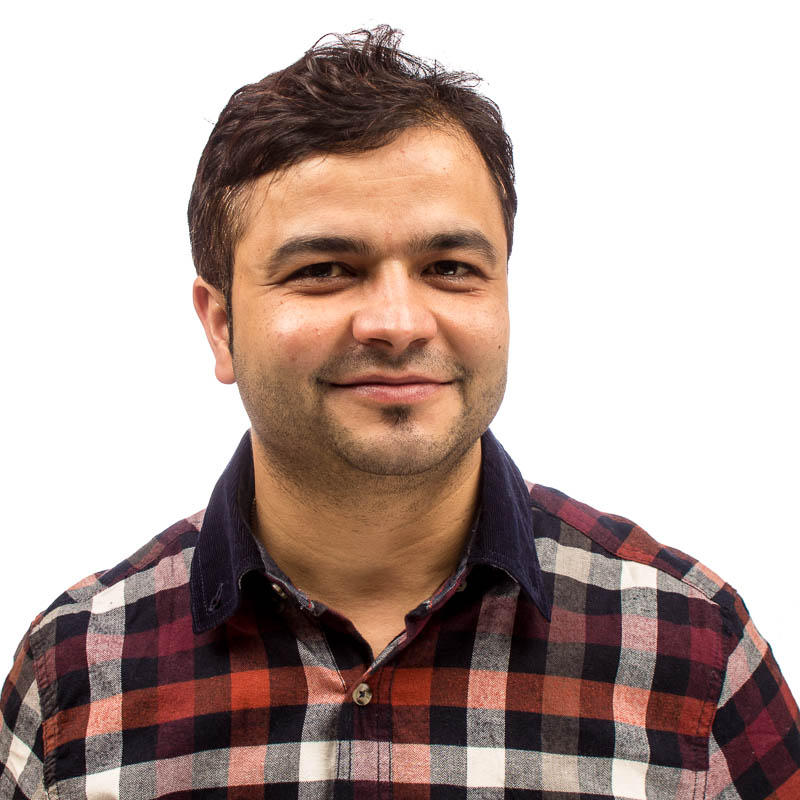Design of a Francis turbine that accomodates high sediment concentration
- Hydropower structures
- Turbine and generators
- Market and services
- Environmental design
- Interdisciplinary projects
- Laboratories
- Associated projects
- HydroCen Laboratories
Design of a Francis turbine that accomodates high sediment concentration
Design of a Francis turbine that accomodates high sediment concentration
Design
Sediment erosion has proved as an inevitable challenge in hydraulic turbines from operation and maintenance perspective in Himalayan regions. The hard mineral particles, which are carried by rivers reach the turbines and erode the surface in contact. In Francis turbines, guide vanes, cover plates, hub at runner inlet and blades at runner outlet are the most affected areas due to the sediment erosion.
The main objective of this work is to study the effects of sediment erosion in hydro turbines, to see how the flow phenomena is causing the erosion, what the off-design operation of turbine causes and how the eroded profile is aggravating the flow and efficiency again.
Within the frame of HydroCen, 3 universities viz; Norwegian University of Science & Technology (NTNU)-
Norway, Kathmandu University (KU)-Nepal and Indian Institue of Technology- Roorkee, India (IIT-R) are collaborating which aims towards scientifi c and technological breakthroughs to enable hydropower turbines
to operate with high sediment concentration and sediment load. This PhD studies is a part of FRANSED project which is being coordinated by NTNU.
Objective
• Develop a new hydraulic design of a Francis turbine based on analytical and empirical knowledge.
• Develop a Francis turbine design tool for turbines operation in sediment laden water.
• Possible solutions to the erosion problem by design optimization, sediment erosion model (IIT-R) and verification through model tests (KU).
• Technology/Knowledge co-operation between Norway and Himalayan countries.
Contact
Contact
Nirmal

Nirmal Acharya
PhD
Email: nirmal.acharya@ntnu.no
Supervisors: Ole Gunnar Dahlhaug. Co-Supervisor: Chirag Trivedi
